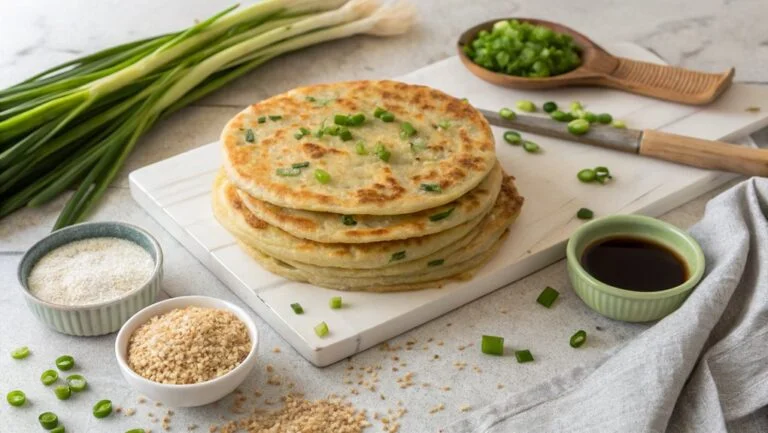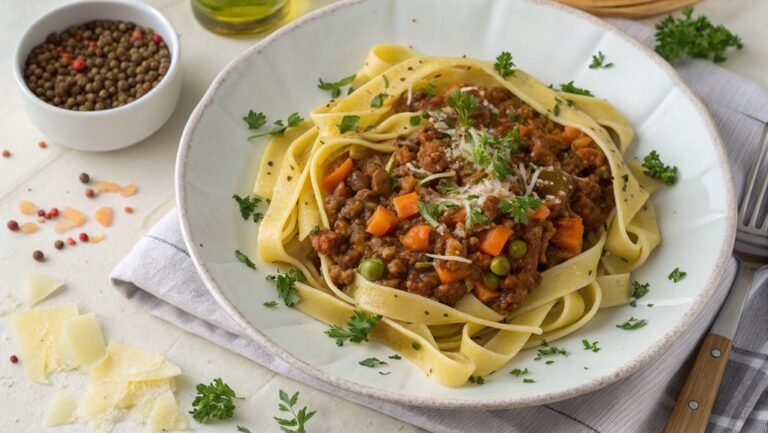Seitan • Recipes and Places

Cooking with seitan might seem daunting, but it’s straightforward and rewarding. This versatile meat alternative enhances dishes with its chewy texture and flavor absorption. Whether in a stir-fry or sandwich, seitan makes hearty, meat-free meals easy. Let’s dive into some recipes and discover top spots for seitan-inspired dishes!
Recipe
Are you ready to plunge into the world of seitan? This fantastic meat alternative offers numerous benefits, such as being high in protein and low in fat.
You’ll love experimenting with different varieties by using essential wheat gluten, along with herbs, spices, and flavor-packed liquids like soy sauce.
Start with steaming for a tender texture or try baking for a crisp exterior. Whichever method you choose, the results are delicious! Pair your seitan creation with savory sauces and vibrant veggies for a delightful dish. Let your culinary creativity shine as you explore the possibilities of seitan!
Ingredients:
- 1 cup vital wheat gluten
- 3 tablespoons nutritional yeast
- 1 teaspoon garlic powder
- 1 teaspoon onion powder
- 1/2 cup vegetable broth
- 1/4 cup soy sauce
- 1 tablespoon olive oil
- 1 teaspoon smoked paprika
- 1/2 teaspoon ground black pepper
- 1/2 teaspoon salt
Instructions:
- Prepare the Dry Ingredients: In a large mixing bowl, combine the vital wheat gluten, nutritional yeast, garlic powder, onion powder, smoked paprika, ground black pepper, and salt. Mix well to ensure even distribution of the spices.
- Mix the Wet Ingredients: In a separate bowl, whisk together the vegetable broth, soy sauce, and olive oil until well combined.
- Combine and Knead: Slowly add the wet ingredients to the dry mixture, stirring continuously with a wooden spoon until a dough begins to form. Once combined, knead the dough for about 3-5 minutes until it becomes elastic and smooth.
- Shape and Wrap: Divide the dough into 4 equal portions and shape each into a log or patty. Wrap each piece tightly in aluminum foil, twisting the ends to secure.
- Steam the Seitan: Place the wrapped seitan logs in a steamer basket over boiling water. Cover and steam for about 30 minutes, ensuring the water doesn’t run dry.
- Bake for Texture: Preheat your oven to 350°F (175°C). Once steamed, unwrap the seitan and place it on a baking sheet. Bake for an additional 20 minutes to achieve a firmer texture with a crisp exterior.
- Serve: Remove from the oven and let cool slightly before slicing. Serve your seitan with your choice of savory sauce and vibrant veggies for a complete meal.
Extra Tips:
For a richer flavor, marinate the seitan in your favorite sauce for a few hours before steaming.
Remember that the texture of seitan can vary depending on how much you knead it; less kneading results in a more tender texture, while more kneading creates a firmer bite.
Feel free to adjust the seasonings to match your personal taste or try different herbs and spices for a unique twist.
Frequently Asked Questions
What Is Seitan Made From?
Seitan is made from exciting ingredients that create a fantastic texture!
You start with essential wheat gluten, mix it with water or broth, and knead the dough until it’s smooth and elastic.
You can enhance the flavor by adding spices, nutritional yeast, or optional flours.
When you cook it, seitan transforms into a dense, chewy delight, perfect for any dish.
Try making it at home and enjoy the satisfying results!
Is Seitan Gluten-Free?
If you’re wondering whether seitan’s gluten-free, you’ll be disappointed. Seitan is made from wheat gluten, making it unsuitable for anyone with gluten sensitivity.
But don’t worry! There are plenty of delicious seitan alternatives you can try, such as tofu, tempeh, or legumes.
These options are just as versatile in cooking. Immerse yourself in experimenting with flavors and textures in your recipes, and you’ll soon discover wonderful dishes that satisfy everyone!
How Long Can Seitan Be Stored?
You’ll love knowing about seitan storage and its shelf life!
When kept in the fridge, unopened store-bought seitan lasts until its ‘Best Before’ date, while opened seitan should be consumed within 3-5 days.
Homemade seitan stays fresh for 7 to 10 days.
For longer storage, freeze it, ensuring it’s well-wrapped.
With proper care, you can enjoy delicious seitan in your meals.
Can Seitan Be Eaten Raw?
Picture a savory dish sizzling on your stove!
While seitan can be a fantastic, meat-like addition to your meals, raw consumption isn’t safe. Seitan safety is key—it’s important to cook it first to break down the gluten, making it easier to digest.
So whip up some delicious seitan stir-fries or grilled kebabs! Your taste buds will thank you for exploring its wonderful versatility in cooking.
Get creative and enjoy the flavors!
What Are the Nutritional Benefits of Seitan?
Seitan offers fantastic health benefits with its impressive protein content, making it a top choice for anyone seeking plant-based nutrition.
It packs around 17-21 grams of protein in just a 2-ounce serving, helping build lean muscle while keeping calorie counts low. Plus, it’s low in fat and cholesterol-free!
Immerse yourself in cooking with seitan, and you’ll discover how flavorful and versatile it can be in your favorite dishes.
Enjoy experimenting with this nutritious ingredient!
Conclusion
Cooking with seitan is a flavorful journey, where each dish tells a story. Blend spices and create marinades to transform this humble ingredient into something extraordinary. Gather your favorite herbs and spices, let your creativity flow, and try these delicious recipes. Whether for a cozy dinner alone or shared with friends, seitan can make any dish delightful. Enjoy the adventure of cooking and savor every bite!





